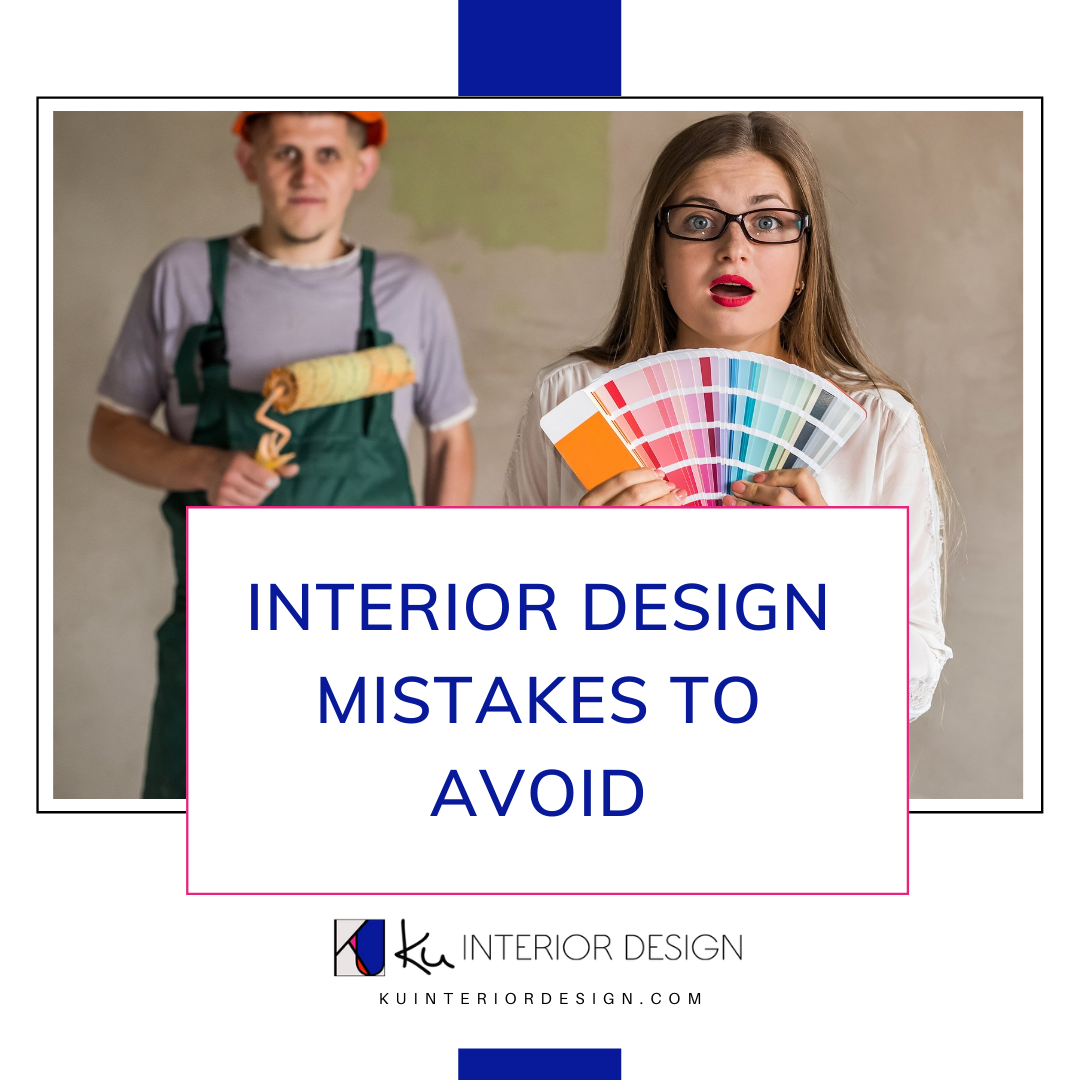In a time when it seems like you can DIY just about anything, it can be easy to ask the question: Do I really need an interior designer to help with my next project? Ultimately, the choice is yours, but having a designer on your side can offer more benefits than you may realize and will likely end up saving you money in the long run. (Yes, it’s true!) The expert advice of an interior designer might save you from making one of these costly design mistakes.
Here are 7 Interior Design Mistakes to Avoid
Poor Lighting Choices
Lighting can truly make or break the ambiance of a home. Many homeowners make mistakes by hanging fixtures too high or too low, or they simply just don’t add enough lighting to their home. Hanging fixtures is frequently a DIY project for most, but consulting with professionals will definitely save you time and energy and will result in a better end product.
Furniture Against the Walls
Many people don’t realize that pushing furniture all the way up against the walls can actually make a room seem smaller. Leaving at least an inch of space between your furniture and the walls can not only prevent damage to both but will also add breathing room and make the room feel more balanced. Pulling furniture away from the walls can also make the free space between furniture feel more intimate and inviting.
Incorrectly Scaled Furniture
Furniture scale is something that likely won’t be considered unless you have an interior designer working with you. When it comes to properly scaling furniture for your living space, you’ll want to have a variety of sizes, shapes and heights, in order to allow each unique piece to stand out. You’ll also want to consider the proportions of your furniture as well. Just because you live in a small home doesn’t mean you need only small furniture pieces.
Lack of Color
It can be easy for homeowners to lean toward all neutral colors to avoid mismatching or “overdoing it.” However, a lack of color and pattern can make a room look boring and plain. Adding the right amount of accent colors and some fun patterns can really help liven up your space and make it stand out. Some people follow the 60/30/10 rule, which involves using 60% of the main color, 30% of an accent color, and 10% of a secondary accent.
Too Matchy
I can see why some homeowners purchase a matching set of furniture for their living room, since it likely feels like an easy way to fill your room with all the seating you’ll need. However, matching furniture sets are just that—the easier choice (which is rarely ever the best choice). Hand-picking unique furniture pieces that naturally fit with one another without being exactly the same provides your living space with an intentional feel that can more closely represent your personal style.
Poor Art Placement
Wall hangings can provide a statement piece and even add luxury to your living space. Unfortunately, they can also look out of place and off balance when incorrectly placed. Smaller wall hangings tend to be more troublesome, so don’t let a larger piece of artwork intimidate you. If you’re going to hang multiple pieces of art within one space, you’ll need to play around with the placement in order to achieve a balanced look.
Choosing Paint First
My rule of thumb is to always save paint colors for the end. This is because there are thousands of paint colors out there and it can make decision-making much easier to choose the paint color last, matching it with the room, rather than trying to match all of the furniture and artwork to a specific paint color. You’ll also want to make sure to properly test your paint colors in order to select the best color. Many people think they can simply paint a small sample of paint on the wall to test it out but this is not the best way to do it. You’ll want to paint a poster board or sheet of paper with the paint color and hold it up against the wall to see how it looks. This will allow you to move it throughout the room to see how it looks in different lightings, and it also prevents the paint color from being contorted by the color that you already have painted on the walls.
Avoid Backtracking and Work with an Expert
Hiring an interior designer might seem like a costly investment but having an expert on your team will likely save you money in the end. Your interior designer can help you with decision-making (one of the hardest parts of remodeling a home) and give you insight into how to make your home truly stand out amongst the rest.

